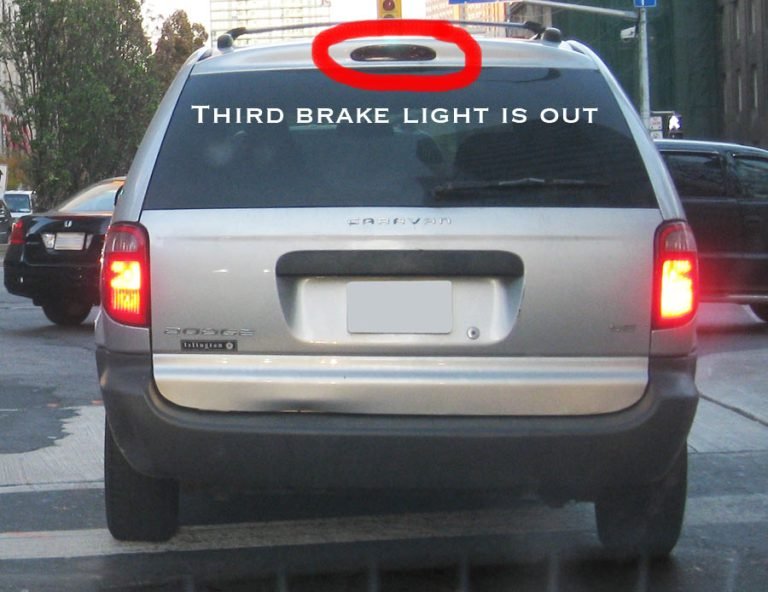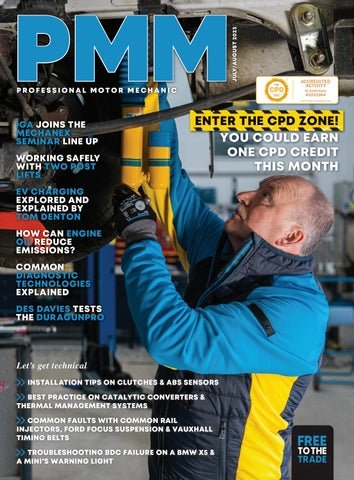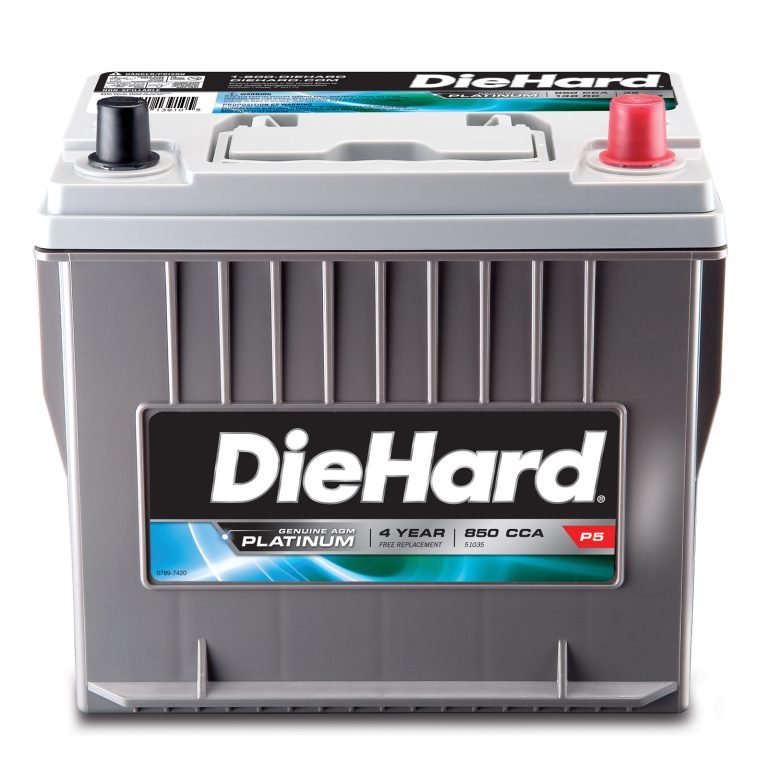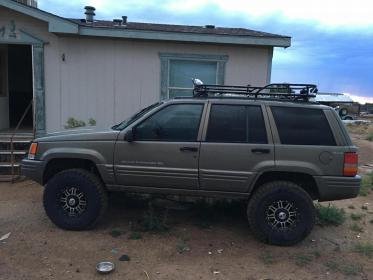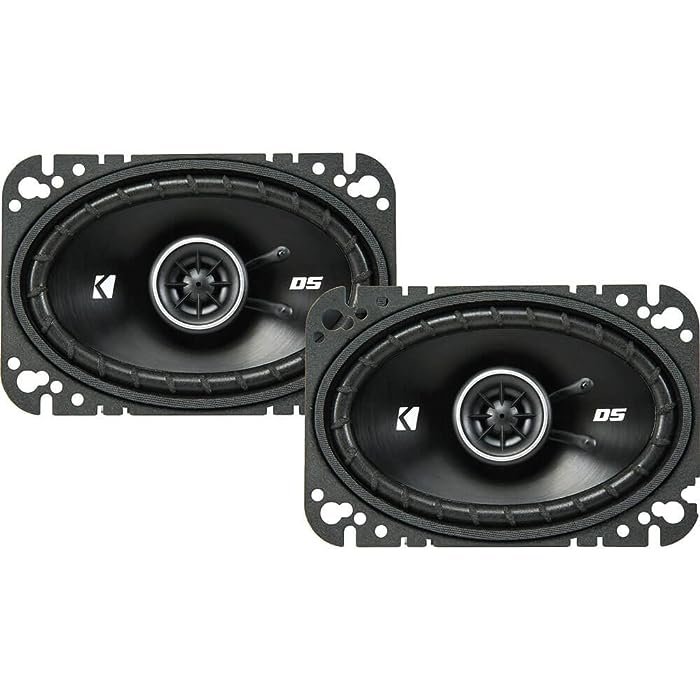1999 Jeep Cherokee Lug Nut Torque Specs
Understanding the importance of correct lug nut torque settings for your 1999 Jeep Cherokee is vital for maintaining the quality performance and safety of your vehicle. Incorrect torque can lead to numerous problems, ranging from the simple and frustratingly inconvenient, like a lone wheel wobble, to the significantly hazardous, like a detached wheel while climbing up a rugged mountain trail with your family in the backseat.
When talking about the 1999 Jeep Cherokee, the lug nut torque specs set by the manufacturer are specifically 85 to 115 foot-pounds. This simple value plays a crucial part in your everyday driving as well as in those off-road adventures. So, let’s get into the nitty-gritty of it all and start understanding the importance, process, and the common questions around these lug nut torque specs.

The significance of the correct lug nut torque specs
A lug nut’s role might seem menial but it performs a task that is critical to your safety while driving. By ensuring that the wheel is snugly fitted to the vehicle’s hub, lug nuts carry the entire weight of your vehicle, which for a 1999 Jeep Cherokee is roughly around 3,400 lbs. So, the precision and correctness of the torque matter more than one might think.
Unequal torque
If the lug nuts on your Cherokee’s wheels are not equally torqued, you’re in for a ride that’s far from smooth, especially during high speeds. It can lead to a wheel wobble, causing your steering wheel to shimmy back and forth, leading to an uncomfortable ride and even damaging the wheel hubs, bearings and studs.
Over-torque
Another common mistake that most Jeep owners could make is the use of an impact wrench, which often results in over-torqued lug nuts. Over-torquing could potentially result in the distortion of rotors, damage to the hub, or even the stripping or snapping of lug studs.
Under-torque
Under-torquing is equally dangerous as it can lead to the wheel not being adequately secured to the vehicle’s hub. This could potentially result in the lug nuts loosening over time, which in the worst-case scenario can lead to detachment of the wheel during driving.
Proper method to torque lug nuts
Now that we’ve established the importance of correct torque specs, let’s walk through the proper way to torque the lug nuts on your 1999 Jeep Cherokee.
* To start, it’s a good practice to clean the lug nuts and studs. Make sure there’s no rust or dirt as it can severely affect the torque.
* Once cleaned, manually thread the lug nuts onto the studs until they’re finger tight.
* With your torque wrench set to 100 foot-pounds (which is in the middle of the specified range), start tightening the nuts in a star pattern. This means if you number the lug nuts start with lug 1, move to lug 3, then lug 5, lug 2, and finally lug 4.
* After tightening them initially, it’s advised to drive around for 100 miles. This is to ensure the new rims and tires have settled correctly.
* Post the drive, you would want to recheck the torque on all lug nuts. If any have loosened, retorque them to the specifications.
Frequently Asked Questions
Q. Why do I need a torque wrench?
When it comes to torquing lug nuts, precision is key. A torque wrench allows you to measure and apply the right amount of force needed, ensuring that your wheels are securely fastened to your vehicle.
Q. Can I just tighten the lug nuts as much as I can?
No, over-tightening or under-tightening your lug nuts can lead to serious safety issues or damage to your vehicle. It’s always recommended to follow the manufacturer’s specified lug nut torque specs.
Final Thoughts
In conclusion, understanding your 1999 Jeep Cherokee’s lug nut torque specs are critical for safe and smooth driving, especially if you love off-roading. Regular checks and correct torquing habits will keep your vehicle running smoothly without any ‘wobbly’ issues. Remember, it’s not just about reaching the destination, it’s also about the journey and your safety along the way!


